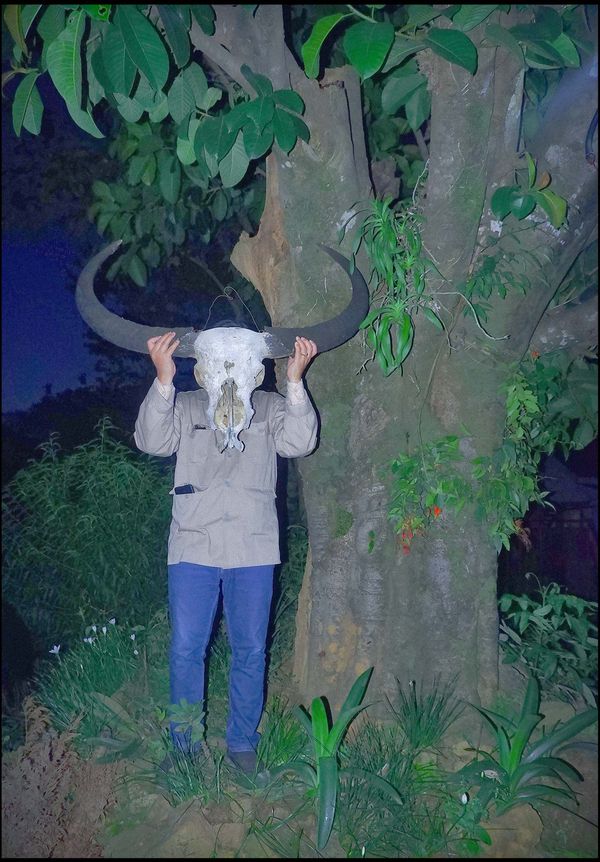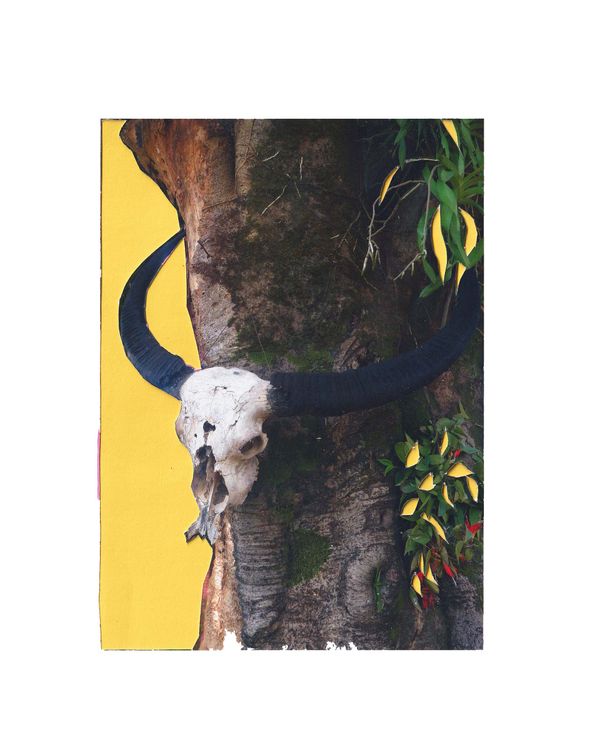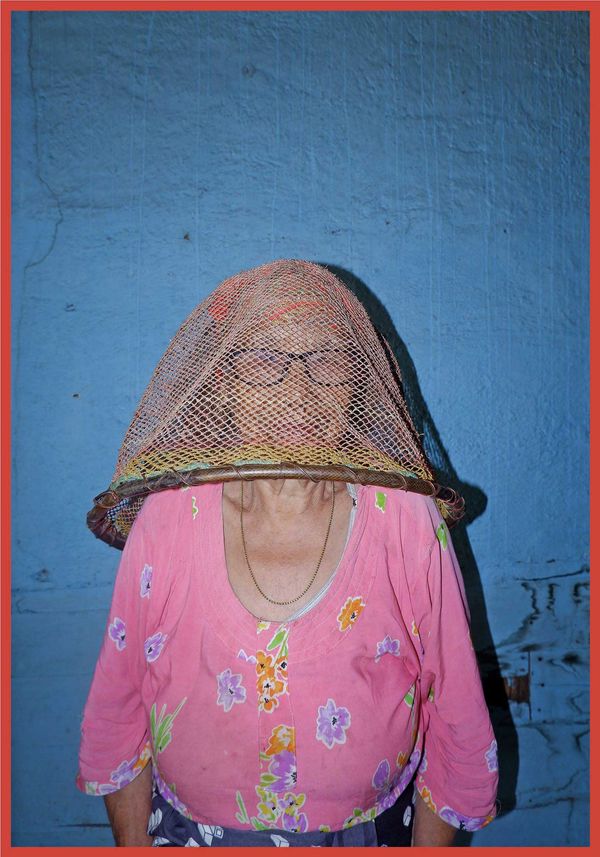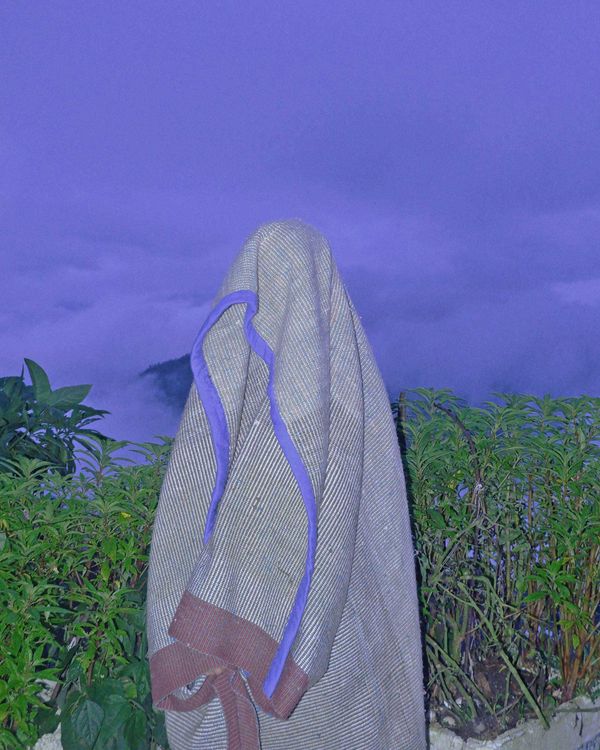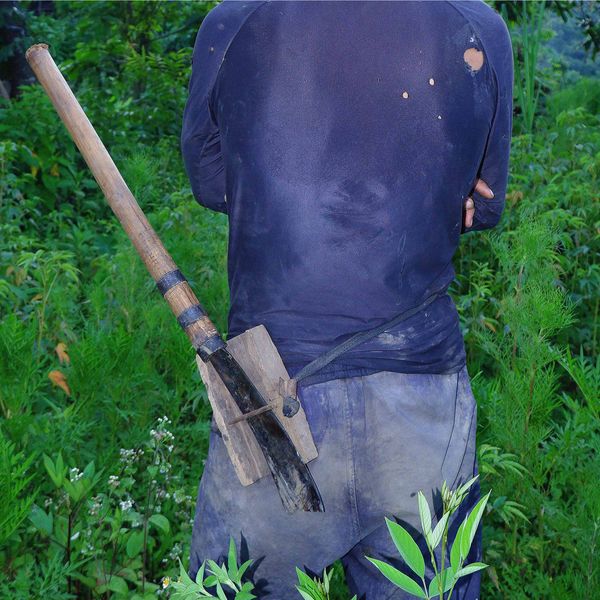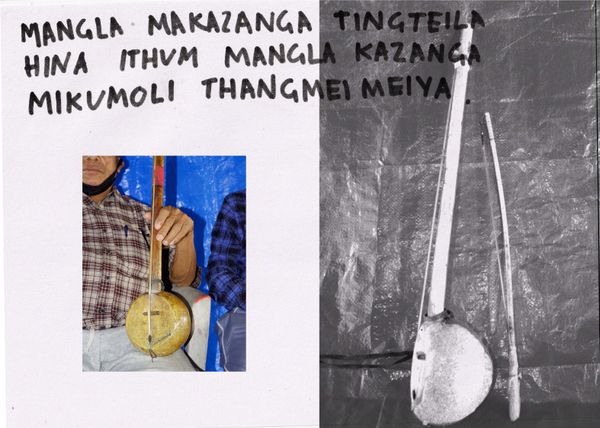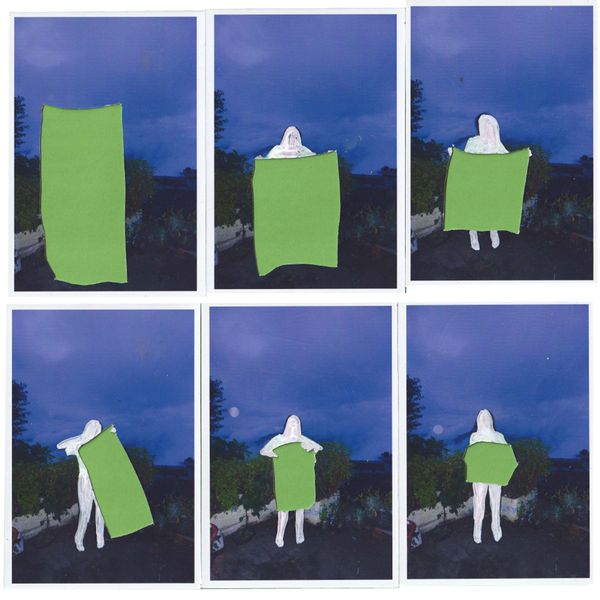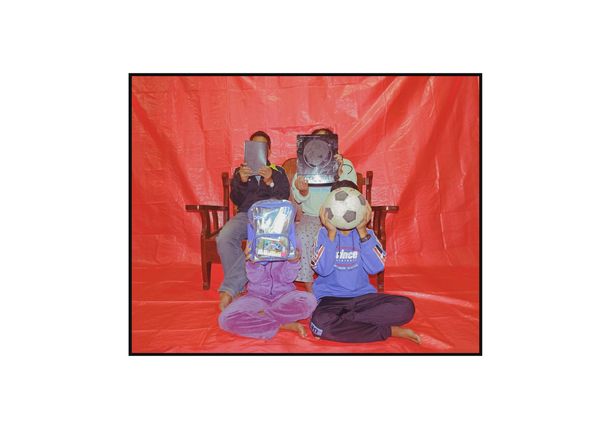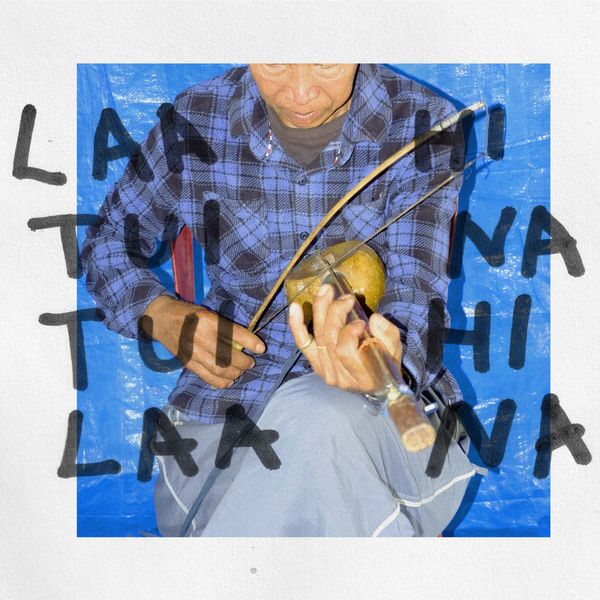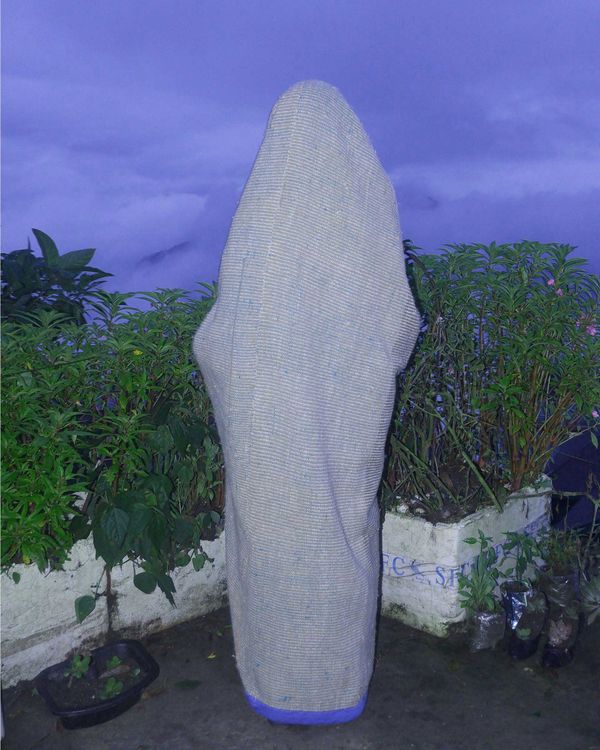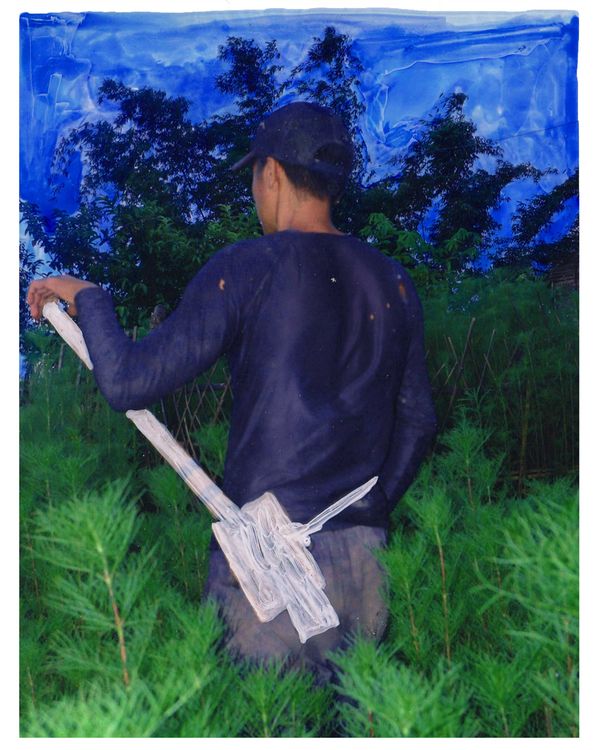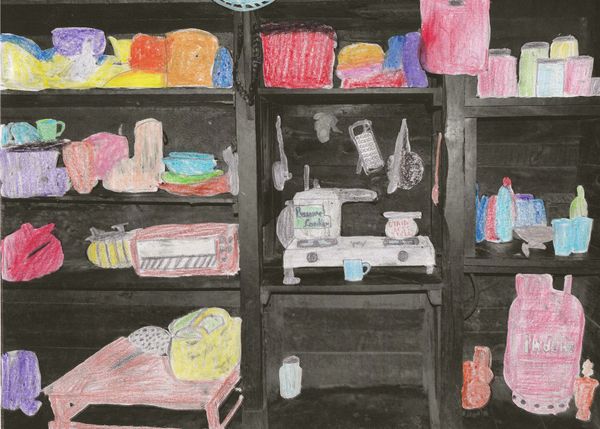Our Belongings
-
Dates2021 - Ongoing
-
Author
- Location Manipur, India
-
Recognition
-
Recognition
What can our belongings tell us of our Belonging? Set in the heart of the Tangkhul landscape, 'Our Belongings' is a semiotic study through objects to explore the relationship of people, space, and time. It is an exploration of storytelling through objects we keep.
The photo essay began with my fascination for what we call ‘Api’s Tumile’ meaning Grandma’s Tumile. An aluminium bottle was gifted to my grandmother by a Japanese soldier during the Second World War. The intriguing part of the story is the word 'Tumile' which in any language has no meaning or talks of the item. How did the bottle get the name? We do not know. Considering the time and space in context. There are few speculations. In Tangkhul “Taru Malei?” means "Do you have water?". Could it have been the attempt of the Japanese to communicate in the local dialect? This nature of the conversation talks about the relationship briefly shared by the Japanese Military and the village locals. But most importantly, indicates the event in our timeline.
Why Objects? Things have meanings for people who make, purchase and gift, use and consume them. Meaning are built as they continue to live with us. They inform us of our lives. It is something to ponder about that, in fact, our relations with the world took place with the exchange of goods. Can objects tell us more about the realities we live or lived than we estimate them to? How can personal associations to things connect us universally?
The process of image-making is organic. It was important, as an observer, to segregate the elements from each other and hence literally translating that idea into a 2D surface with cutouts and paints. In an attempt to make the process of image-making collaborative, activities were designed to enquire about the familiarity of space and objects. These are now visuals created by the people themselves.
There was no particular order or criteria for documenting the objects. These objects presented are personal, are of everyday use, are of fascination or with no audience, and sometimes seen. Indigenous communities are evolving and changing. When we speak of our stories, our struggles have always been the centre. But, beyond our conflict, beyond our sufferings, beyond our pain are us. And Through Storytelling, we humanize experiences and truthfully allow ourselves to be seen. Speaking of Our Belongings is how I choose to tell Our Story.

